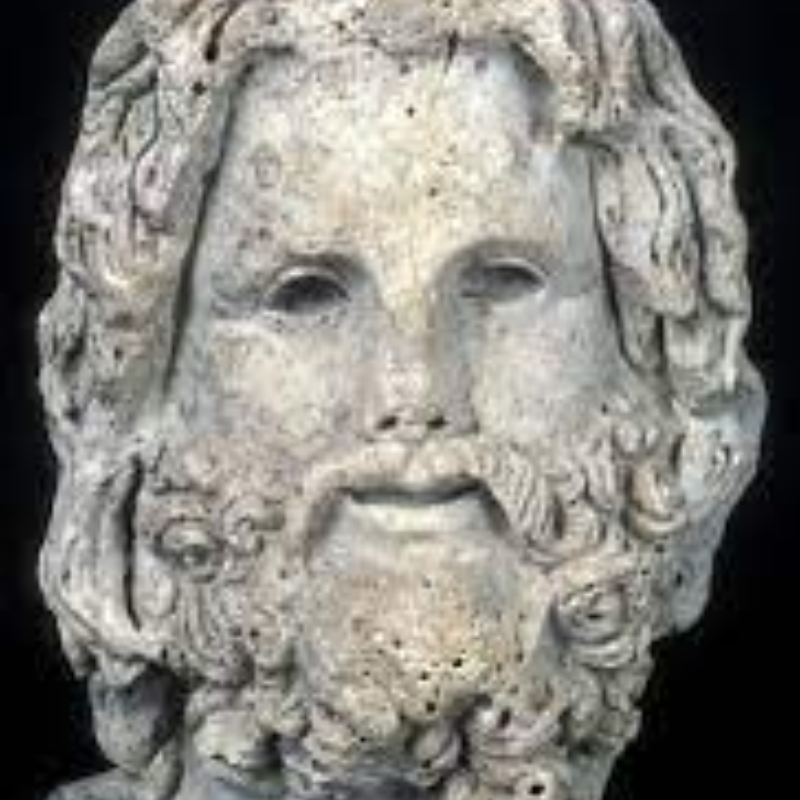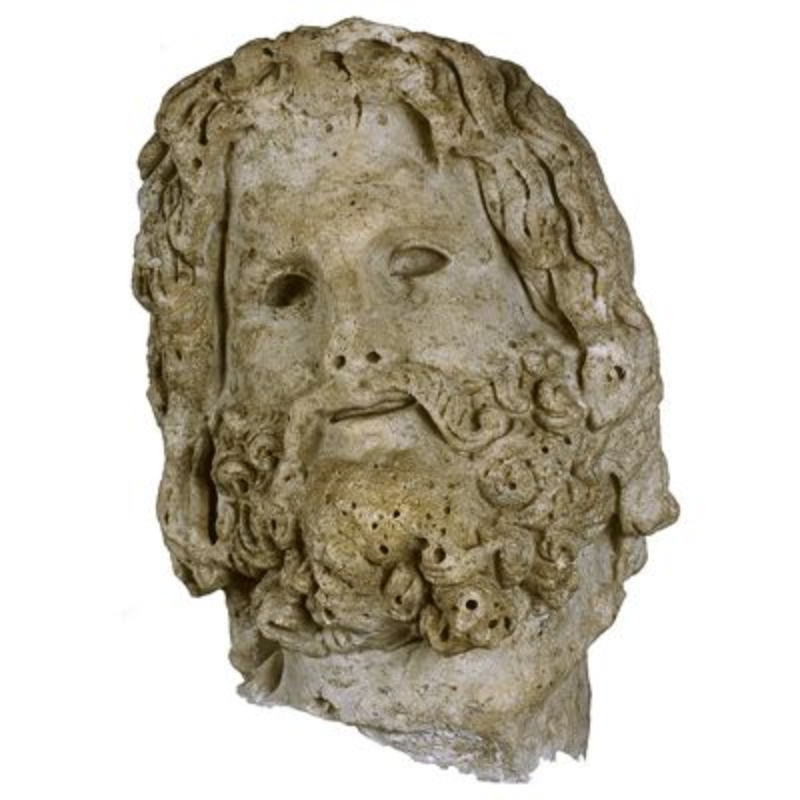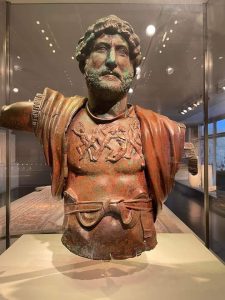In the depths of the Mediterranean Sea lies a treasure trove of archaeological wonders, and among them, a remarkable discovery has captured the attention of historians and divers alike. The head of Serapis, found in the sunken Egyptian coastal town of Canopus, offers a tantalizing glimpse into the rich history and cultural significance of this ancient civilization. Dating back to circa 200 B.C., this monumental statue once stood over 4 meters tall, serving as a symbol of religious devotion and political power. Join us as we delve into the depths of history to uncover the secrets hidden beneath the waves.

Exploring Canopus
Situated on the northern coast of Egypt, Canopus was a thriving port city renowned for its cosmopolitan atmosphere and religious sanctuaries. Named after the mythological figure Canopus, the town boasted a diverse population comprising Egyptians, Greeks, and other Mediterranean cultures. Its strategic location made it a vital hub for trade and cultural exchange, attracting merchants, sailors, and pilgrims from far and wide.
The Cult of Serapis
At the heart of Canopus lay the Temple of Serapis, dedicated to the syncretic deity combining elements of Egyptian and Greek religious traditions. Serapis, often depicted as a bearded man wearing a modius crown, served as the patron god of healing, fertility, and the afterlife. His cult gained widespread popularity during the Hellenistic period, reflecting the fusion of Greek and Egyptian beliefs in the wake of Alexander the Great’s conquests.

The Discovery of the Head
In a serendipitous encounter, a team of divers stumbled upon the head of Serapis while exploring the sunken ruins of Canopus. Submerged beneath centuries of silt and sediment, the colossal statue lay in a state of remarkable preservation, its features still bearing traces of ancient craftsmanship. The discovery sparked excitement among archaeologists, offering a rare opportunity to study a monumental artifact in its original context.
Significance and Symbolism
The head of Serapis serves as a poignant symbol of the cultural and religious diversity that characterized ancient Canopus. Its colossal size and regal countenance convey the grandeur of the deity, reflecting the spiritual devotion and political authority associated with his cult. As a focal point of worship and pilgrimage, the statue would have held immense significance for the residents of Canopus and visitors from across the Mediterranean world.
Preserving the Legacy
The discovery of the head of Serapis underscores the importance of underwater archaeology in uncovering the hidden treasures of our collective heritage. Through careful excavation and conservation efforts, archaeologists strive to preserve these fragile artifacts for future generations, ensuring that the legacy of ancient Canopus continues to inspire awe and wonder for centuries to come.

Conclusion
The head of Serapis stands as a testament to the enduring legacy of ancient Canopus, offering a window into a bygone era of cultural exchange and religious devotion. As divers shine their lights on this monumental artifact, they illuminate not only its physical presence but also the rich tapestry of history and mythology that surrounds it. In a world where the depths of the sea hold countless secrets, the discovery of the head of Serapis serves as a reminder of the boundless potential for discovery that lies beneath the waves.








